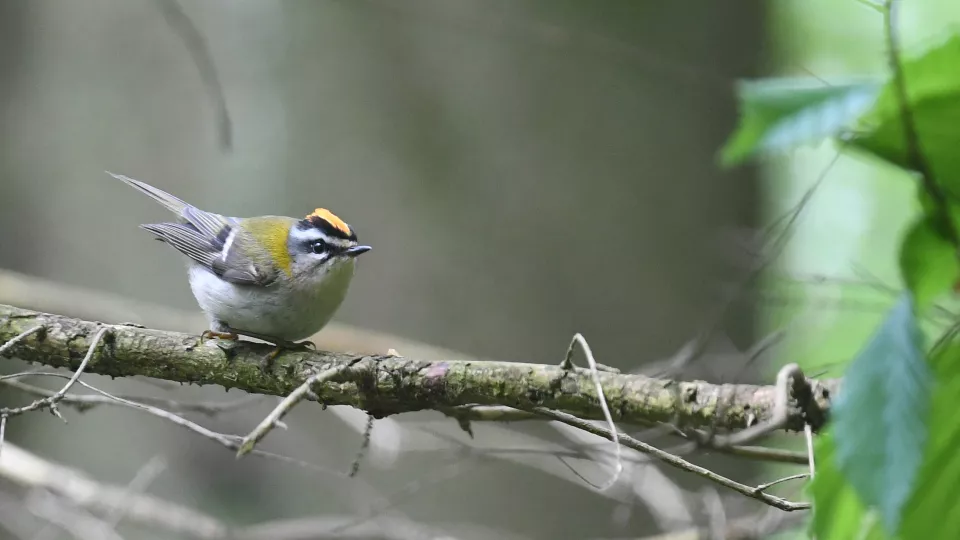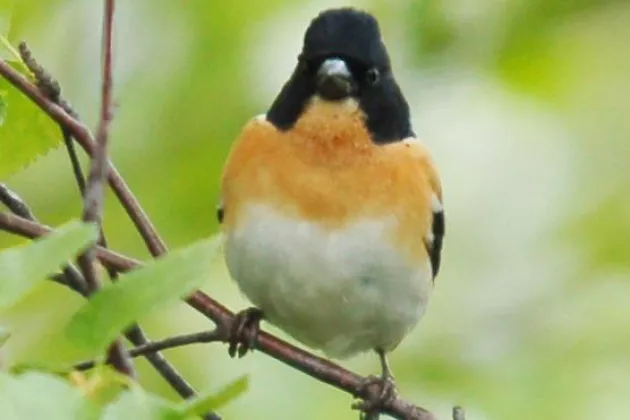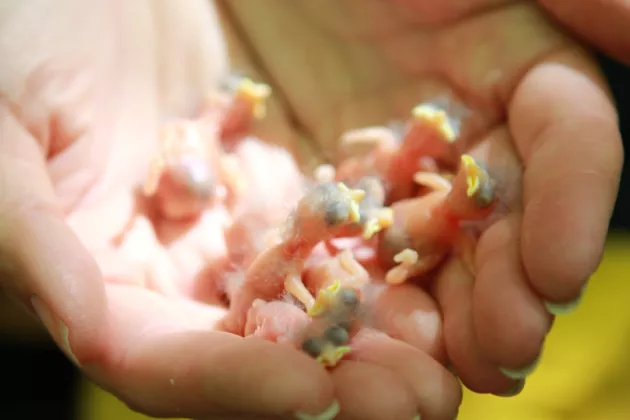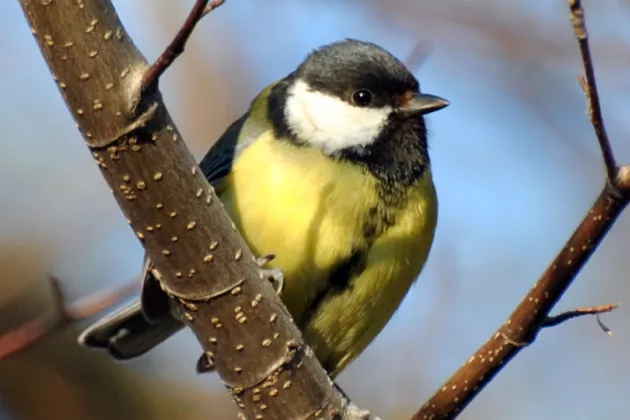Within the Swedish Bird Survey, the Department of Biology at Lund University monitors changes in the size of Swedish bird populations. For more than 50 years, volunteer ornithologists have been counting the number of birds at different times at more than a thousand sites around Sweden. Since the inventories are carried out in the same way every year, it is possible to follow how the number of birds at a site changes over time. The counts are part of the environmental monitoring program of the Swedish Environmental Protection Agency and the county administrative boards, and aim, among other things, to detect worrying changes.
Future generation of volunteer surveyors needed
The Swedish Bird Survey is entirely dependent on the public and the 740 volunteer surveyors who turn up every year to count birds in their assigned areas. Åke Lindström and his two research colleagues Martin Green and Fredrik Haas hope that this year's report will inspire more and increased inventory efforts from a new generation interested in birds.
Read the entire article at Lund University (In Swedish)
The Swedish Bird Survey is run by Åke Lindström, Martin Green and Fredrik Haas - researchers at the Department of Biology and members of BECC.
Learn more about The Sedish Bird Survey (In Swedish)





